Romania is a southeastern European country with a perfect blend of well-preserved history with current innovations. This country has a number of iconic, picturesque locations that go hand-in-hand with its culture. Romania shares its border with Bulgaria to the south, Ukraine to the north, Hungary to the west, and Moldova to its west. Although Romania is world-famous for its Dracula castle still there are more places to visit other than this. It has quaint villages and colorful churches which are rare sightseeing while traveling to another county. Therefore, here is an overview of the top places which is a must for any tourist visiting here:
Danube Delta, Romania
This Delta is the second largest river delta in Europe and one of the best-preserved treasure in this continent. It is well maintained and has around 21 ecosystems that act as a home to a wide variety of plants and wildlife. Present on the Dobrogea region, the Delta is a chain of waterways with the black sea as their starting point.
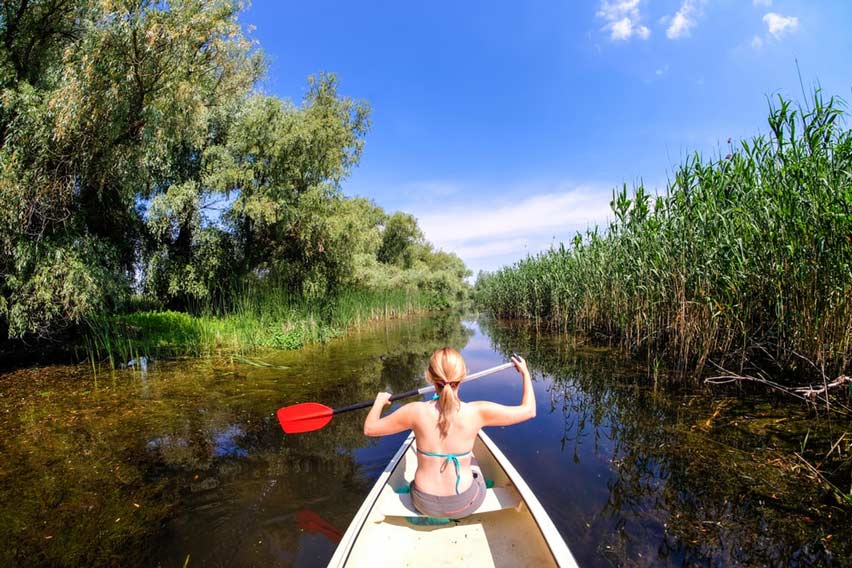
Visiting this place is quite difficult, and it is also included in UNESCO’s list of World Heritage Sites. Danube Delta has around more than 300 species of bird and also has 45 species of fresh-water fish. The best time to visit this place is during the spring as you will be seeing some of the fabulous sunsets views here.
The Sphinx and Babele, Romania
The Sphinx and Babele are tourist hotspots and are the natural rock formations in the Bosgi Mountains, Romania. This rock formation came into existence due to rain and wind. These structures are at an altitude of about 2000 meters above sea level, although a 10-minute walk separates these structures from each other.
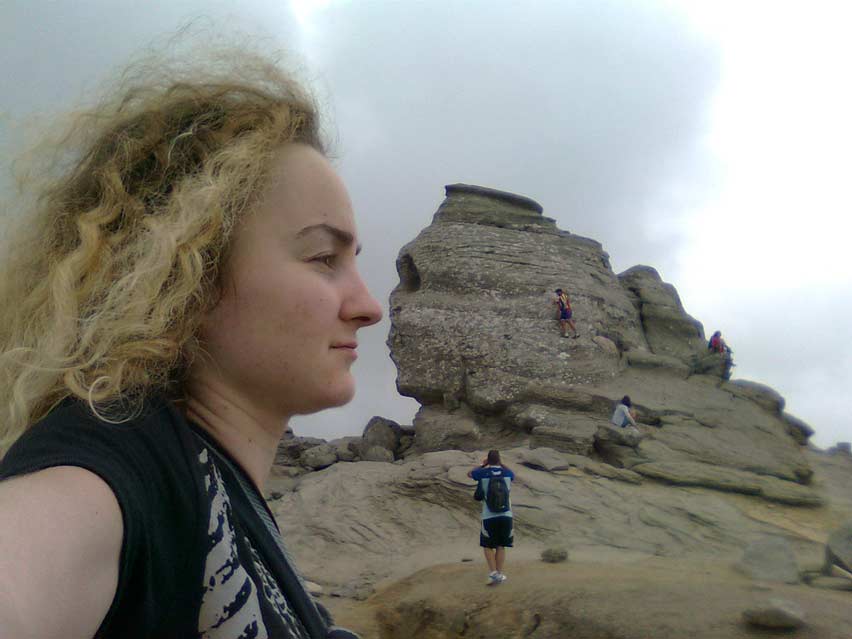
The name Sphinx comes from the Great Sphinx of Giza because of its resemblance to a certain viewing angle. Babele is a mushroom-shaped formation. In simple words, Babele means old woman. You can reach these places by car or by walking from Bustany.
Also Read: Explore 20 Best Museums In Europe
Painted Monasteries
Painted monasteries are located near the north-east region of Romania. Bukovina’s painted monasteries are truly mesmerizing viewing experiences. The colours on the monasteries are of the 15th and 16th centuries. The painting features famous saints, gods, heaven, hell, and many more mind-blowing artifacts.
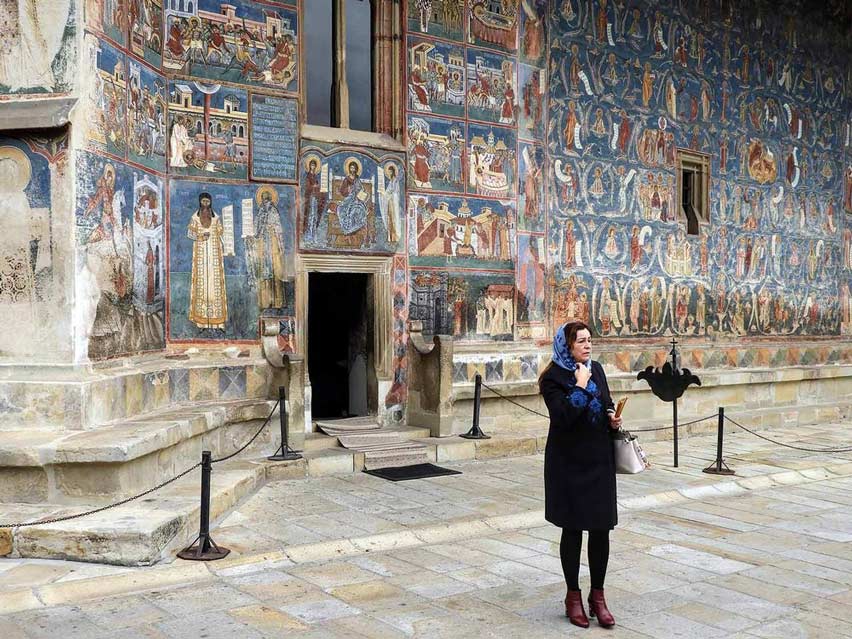
However, the painting on the monasteries was done for the people of surrounding villages so that they can learn about Bible stories. The idea worked and these monasteries are now included in UNESCO World Heritage Sites.
Peles Castle
Pele’s Castle is a famous tourist attraction located in Romania known for its neo-Renaissance architecture. The palace is known for its ornate stonework, carved wood carvings and stained glass windows during that era. The scenery around the palace is frightening and captivating.
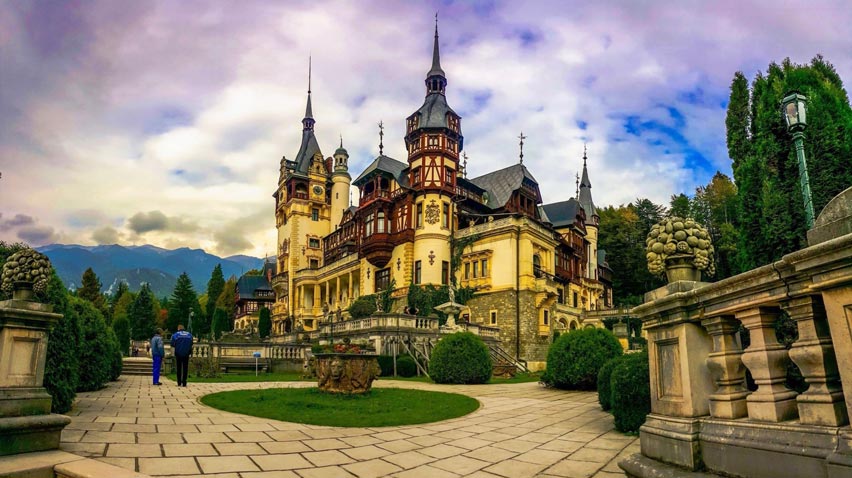
The palace came into existence at the end of the 19th century and was a summer home for King Carol I. However, this magnificent palace is now a museum and has a collection of artwork, armour and weapons. If you opt for a guided tour you can experience the beauty of the 160 rooms of this palace and the terrace with a garden.
Also Read: Prague- Architectural Beauty of Europe
Cluj-Napoca
Cluj-Napoca is a young and modern city in Transylvania. It is the second-largest city in Romania which serves as a home to a population of countless students and was also the informal historical capital of Transylvania. It serves as a home for Romanian arts and cultural centres. The National Art Museum is also present here.
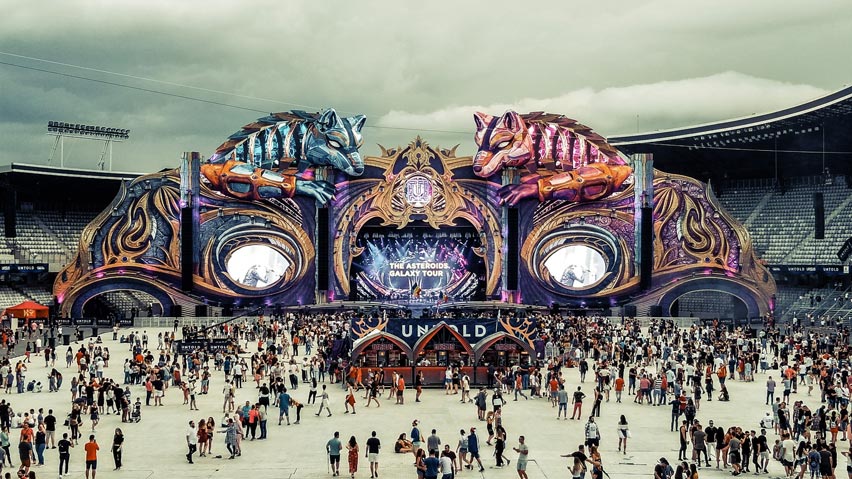
This museum has the largest collection of Romanian artwork. It is an ancient city and is surrounded by historical sites. The city came into existence in the second century AD. The city’s main sights are Baroque architecture and St. Michael’s Church. This church is the highest church tower in the country.
Palace of Culture
The Palace of Culture is one of the beautiful Neo-Gothic buildings that exist in Lasi city of Romania. The palace has 298 rooms and has four museums inside it. The palace is spread over about 390,000 sq ft and the entire journey can take up to 2 days.
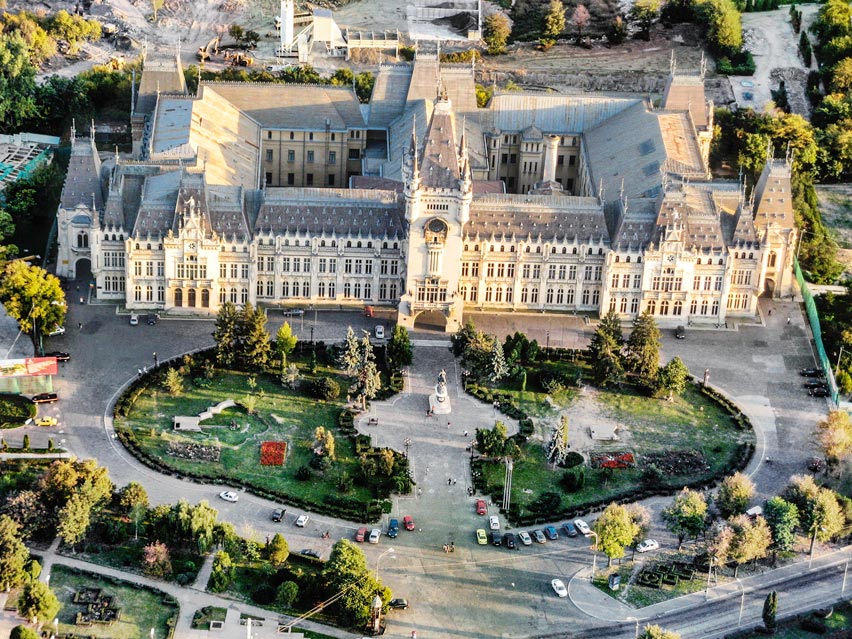
The museums inside the Palace are the Museum of Science and Technology, the Ethnographic Museum of Moldavia, the Museum of Moldavia History and the Museum of Art. The palace stood on the remains of the Old Royal Court of Moldavia and came into existence between 1906 and 1925. Before the arrival of museums in the palace, there was room for administration and justice.
Bran Castle
1211 was the year when construction work for the Castle began. The Castle on the border of Transylvania gave it extraordinary military and commercial importance until it moved to the outskirts of Transylvania in 1836. Over the next few years, Castle rotted. In 1920, after Transylvania became part of Greater Romania, it was given to Queen Maria of Romania.
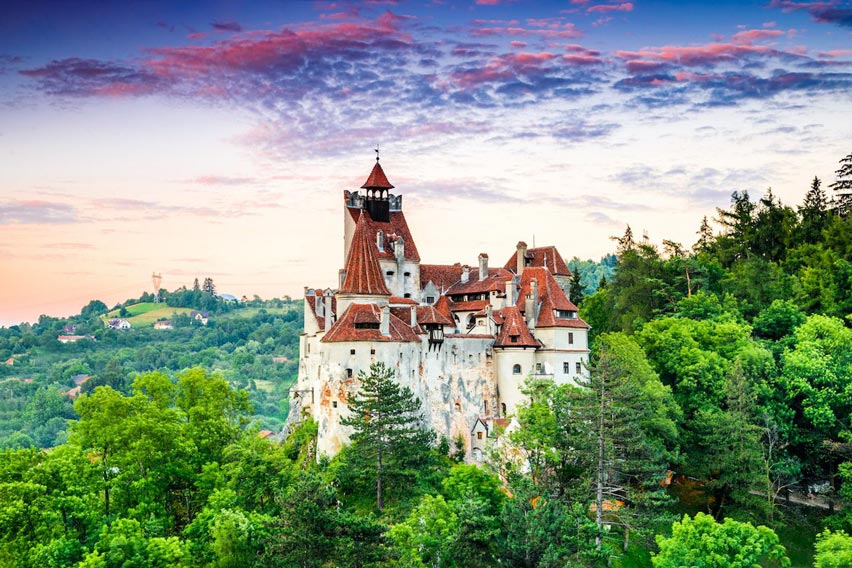
After nine years of reconstruction, Bran Castle prevented the rule of a most loved royal family until the Regal family of Socialism Romania regained their authority over the palace. The palace has been returned to the royal family, and since then, it is privately owned to this day.
Read More: Mysterious Bran Castle: The Dracula Castle In Transylvania
Transalpina, Romania
Transalpina is a beautiful road structure that passes through the Paraing Mountains in the south of Romania. It is also famous as the path of the devil. Overall, it is one of the highest roads in the country at an altitude of 2,145 meters above sea level.
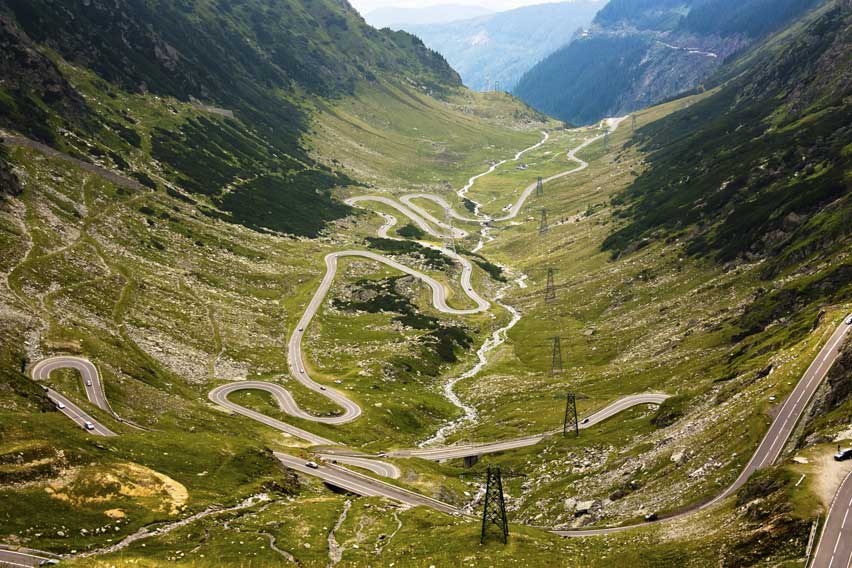
The road connects Navi and Sebas, and it passes through four countries. Some of the best scenic spots are a guarantee when travelling on the roads between the mountains.
Sarmizegetusa Regia
Sarmizegetusa Regia was the capital of Romania during the Damian settlement. It was also the centre of military, religious, and political events during those times. Nowadays, it is included in the UNESCO World Heritage Sites, and it has some mysterious scenes of ancient history. At the height of 1200 meters, Sarmizegetusa Regia has centuries-old ruins.
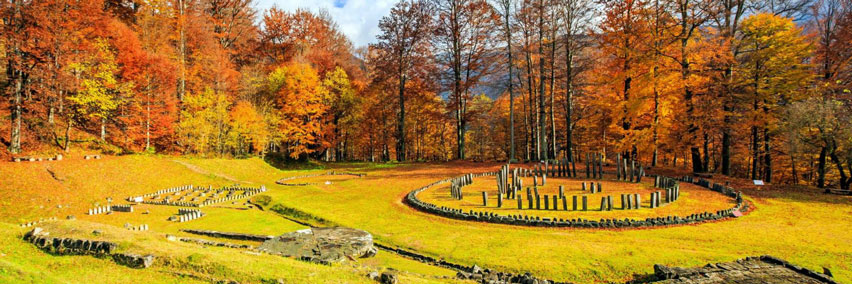
It is also a structure similar to Stonehenge in England. If you want to spend a quiet afternoon in a beautifully surrounded area with natural views, then this place is the best option for you.
Also Read: 12 Family Holiday Destinations In Europe
Sighisoara
Sighisoara is a historic city that exists in Mures Country, Transylvania Romania and a well-preserved medieval wall city that came into existence in the 12th century. Sighisoara is a classic example of German craftsmanship. The Sighisoara list under the UNESCO World Heritage Site and consists of narrow streets, colourful houses and large towers.
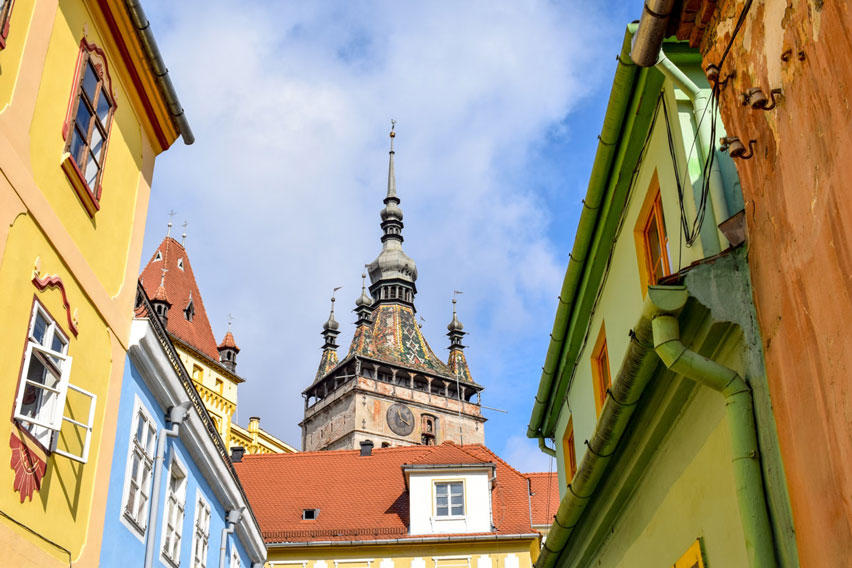
The highest tower here is the 64-meter-high ‘Clock Tower’, which has been here since 1556. The city is also the hometown of Vlad III Impeller, by which stories about Bran Castle came into existence. The best time to visit this place is during the month of July.

